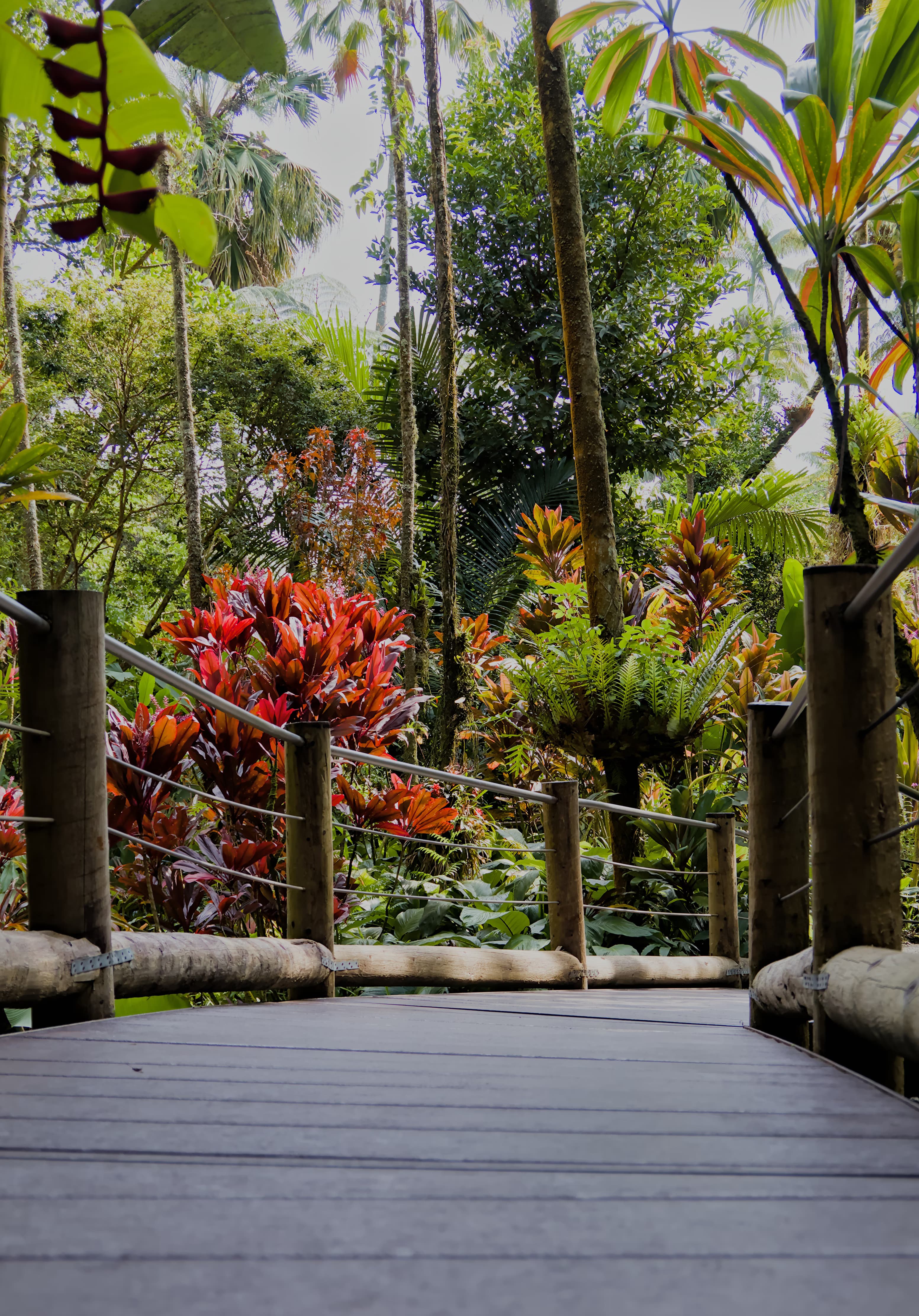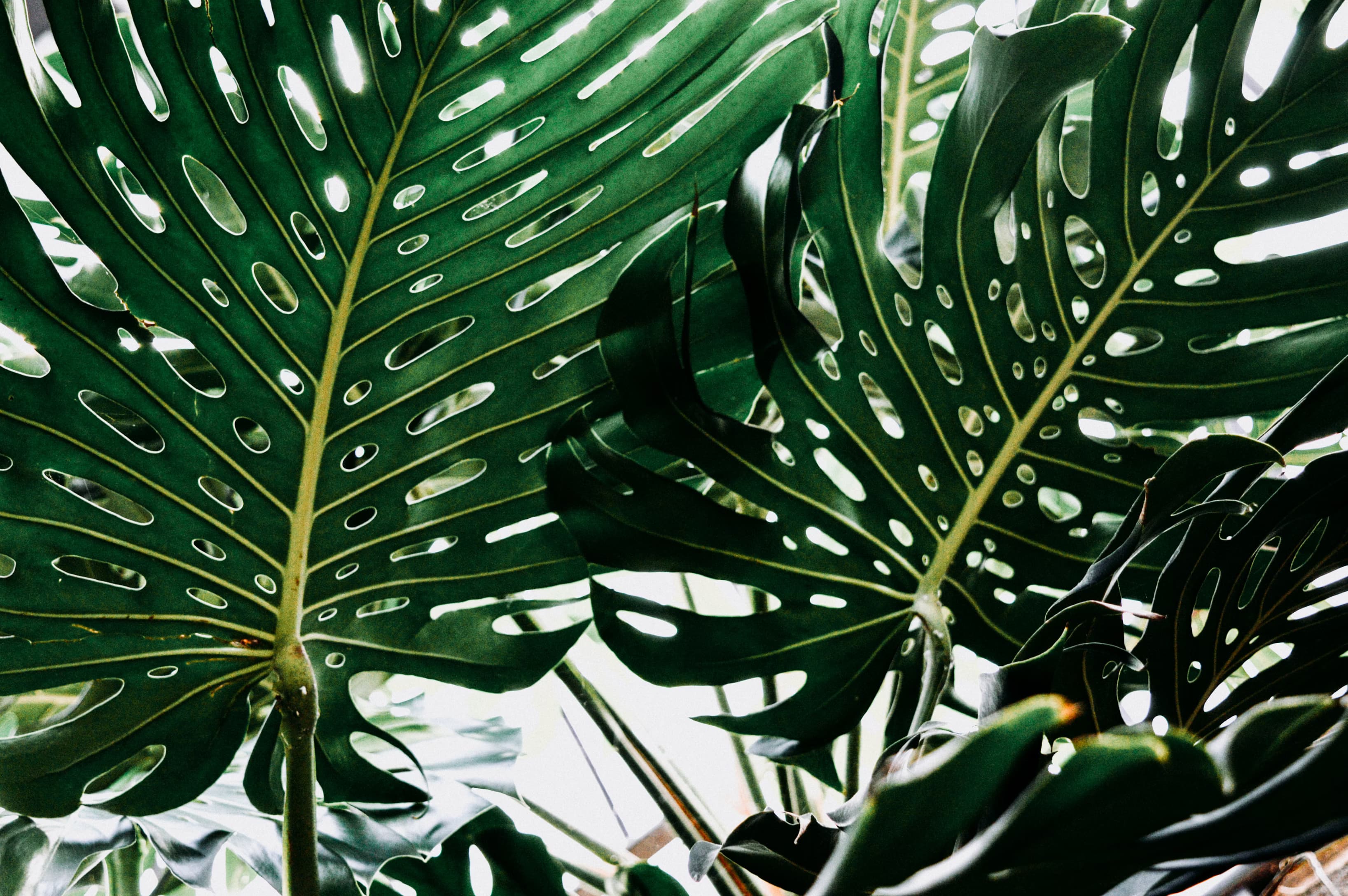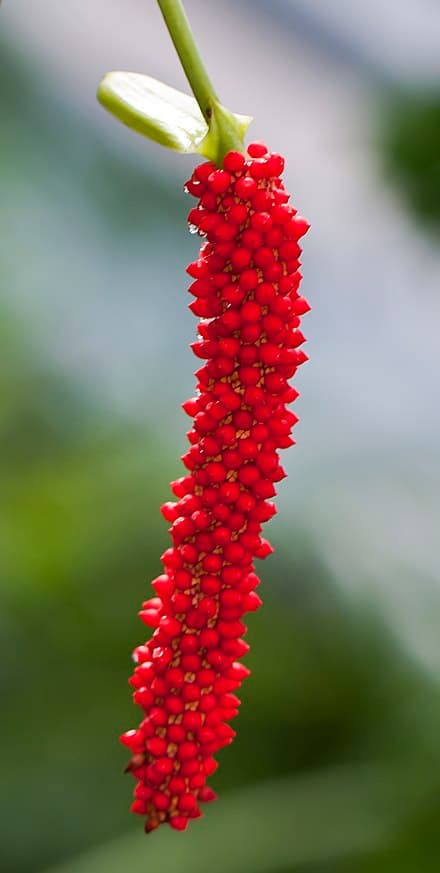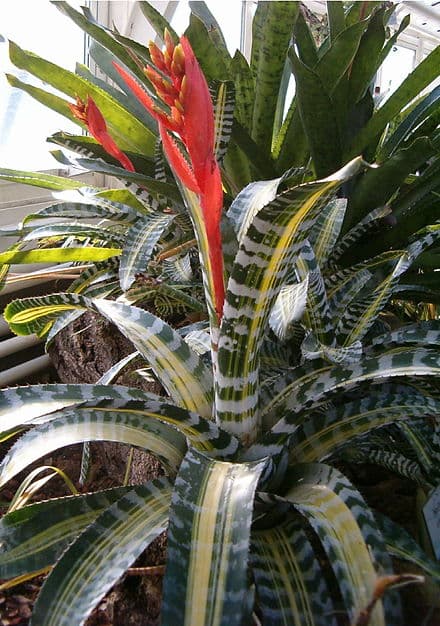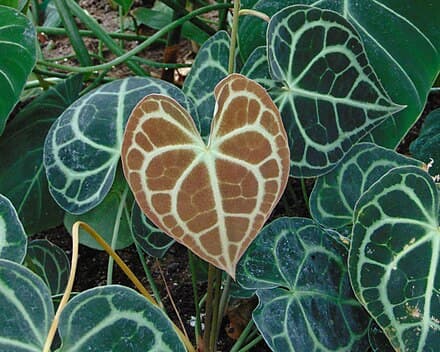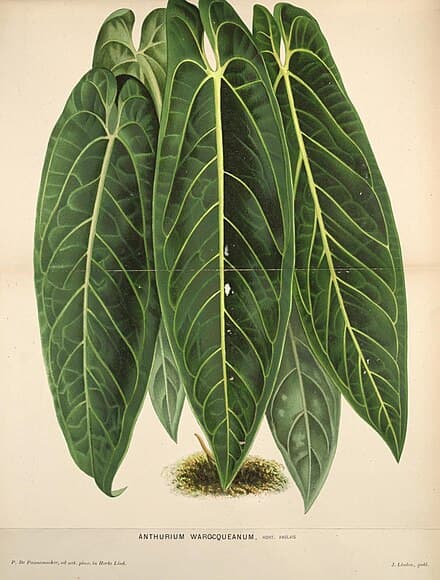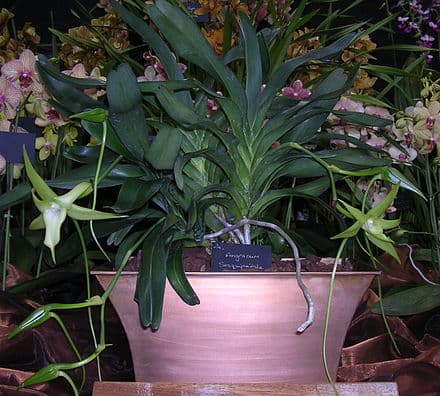
Asplenium nidus image • Photo: Author Obsidian Soul• CC0
Asplenium nidus is an epiphytic fern with large, undivided fronds resembling banana leaves. Its light green fronds grow 50-150 cm long and 10-20 cm wide, featuring a distinctive black midrib and crinkled texture. The plant forms a nest-like rosette that collects organic debris and water in its natural habitat. It reproduces via spores arranged in linear sori on the underside of fronds, which brown and curl back as they mature.
Plant Care Overview
Care Guide
Essential requirements for your Asplenium nidus
Light Requirements
Bright, indirect light or partial to full shade
Light conditions can affect leaf color and growth rate. Adjust placement as needed based on your plant's response.
Watering Schedule
Water when top inch of soil dries out; keep soil consistently moist but not waterlogged
Humidity Needs
high humidity
Always check soil moisture before watering. Adjust frequency based on your home's conditions.
Temperature Range
18-27°C (65-80°F), minimum 10°C (50°F)
Native Climate
Native to Tropical southeastern Asia, eastern Australia, Pacific Islands, eastern Africa, and Christmas Island
Keep away from drafts, heaters, and air conditioners which can stress your plant.
Soil Type
Well-draining epiphytic mix with organic matter; orchid bark/peat moss blend
Fertilizer
Balanced houseplant fertilizer during growing season
Consider repotting every 1-2 years to refresh soil nutrients and accommodate growth.
Propagation
Methods to grow more Asplenium nidus plants
Spore propagation or division of offsets
Plant Info
Characteristics and background information
Tropical southeastern Asia, eastern Australia, Pacific Islands, eastern Africa, and Christmas Island
moderate
Up to 2 meters (6.6 feet) long in ideal conditions, typically 50-150 cm
Perennial
Pet safety unknown
Fun Fact
Young fronds are eaten as a delicacy in Taiwan (called shansu) and Polynesian islands, often stir-fried or boiled in traditional dishes.
Troubleshooting
Solutions for typical issues with your Asplenium nidus
Sticky honeydew residue, yellowing leaves, visible oval-shaped insects on fronds
Yellowing fronds, mushy black roots, stunted growth
Brown crispy edges, bleached spots on fronds
Varieties
Different varieties of Asplenium nidus
Philippine subspecies with exceptionally narrow fronds
Community Tips
Advice shared by other plant enthusiasts
No tips shared yet. Be the first to share your experience!
(Coming soon)
Care Guides
Detailed guides for caring for your Asplenium nidus
Related Plants
Similar plants that might interest you
Nurseries Near You
Find Local Nurseries That Carry Asplenium nidus
We're building a database of local nurseries to help you find where to buy this plant near you. You'll be able to see store hours, contact information, and even check inventory.
